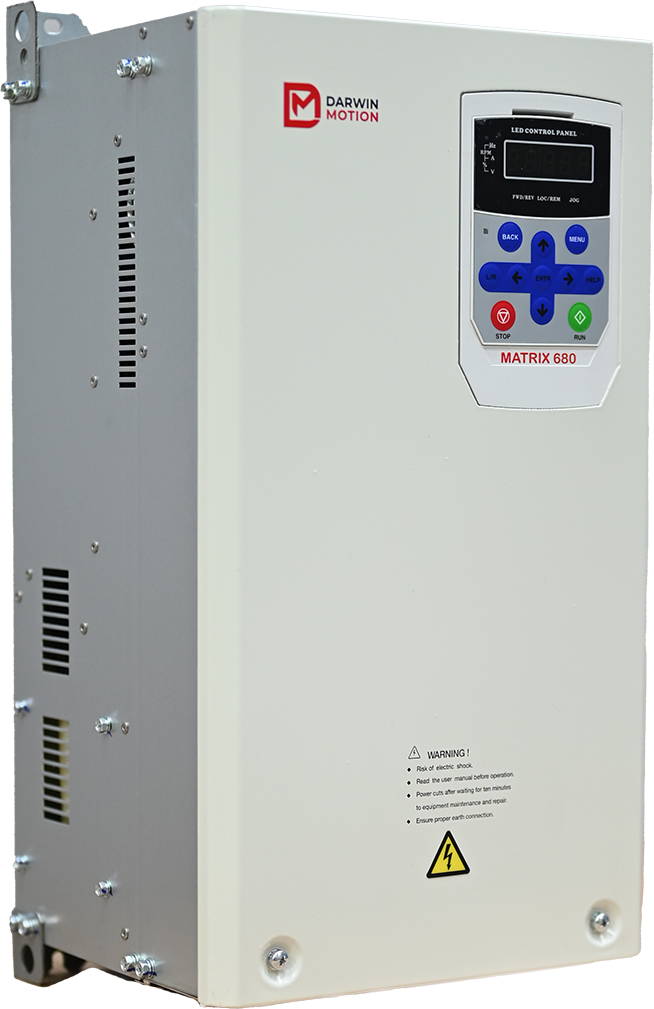Posted on 9th Oct 2024

Variable Frequency Drives (VFDs) have long been a staple in industrial automation, offering precise control over electric motor speed and torque. However, with advancements in technology, VFDs are now finding their way into a broader range of applications across various industries. This article explores the latest developments in ac drive technology and how they are transforming different sectors.
A Variable Frequency Drive is an electronic device that controls the speed of an electric motor by adjusting the frequency and voltage of the power supplied to it. This technology not only enhances energy efficiency but also improves process control and reduces mechanical wear.
Smart Technology Integration: Modern VFDs are equipped with advanced algorithms and smart features that allow for real-time monitoring and adjustments. These smart VFDs can predict maintenance needs, optimize performance based on load conditions, and provide valuable data analytics.
Enhanced Energy Efficiency: Newer high frequency drives employ advanced energy-saving techniques, such as vector control and energy recovery systems, which enable even greater energy savings than before. This is crucial in industries facing rising energy costs and sustainability pressures.
IoT Connectivity: The integration of Internet of Things (IoT) technology allows VFDs to communicate with other devices and systems. This connectivity enables remote monitoring and control, facilitating predictive maintenance and reducing downtime.
Robust Design for Diverse Environments: Advanced VFDs are now designed to withstand harsh environmental conditions, including extreme temperatures, humidity, and dust. This robustness makes them suitable for a wider range of applications, from manufacturing to outdoor installations.
Manufacturing and Automation: In manufacturing, VFDs are being utilized in processes such as conveyor systems, pumps, and fans. Their ability to adjust motor speeds based on real-time data optimizes production efficiency and product quality.
HVAC Systems: VFDs are increasingly used in heating, ventilation, and air conditioning (HVAC) systems. By controlling the speed of fans and compressors, VFDs enhance energy efficiency and improve indoor air quality.
Water and Wastewater Treatment: VFDs play a crucial role in the water and wastewater sector, where they regulate pump speeds to match flow demands. This not only conserves energy but also enhances system reliability and reduces maintenance costs.
Renewable Energy: In renewable energy applications, such as wind and solar power systems, VFDs are used to optimize the performance of generators and inverters. This technology improves energy conversion efficiency and grid stability.
Transportation and Infrastructure: Advanced VFDs are finding applications in transportation systems, such as elevators, escalators, and electric vehicles. Their precise control over motor speed contributes to improved safety and efficiency in these systems.
Increased Energy Savings: As high performance drive become more prevalent in diverse applications, the cumulative energy savings across industries can have a significant positive impact on energy consumption and carbon emissions.
Improved Process Control: The flexibility and precision offered by VFDs lead to better process outcomes, higher product quality, and reduced operational costs.
Enhanced Equipment Lifespan: By reducing mechanical stress and wear on motors and associated components, VFDs contribute to longer equipment lifespans and lower maintenance costs.
While the expansion of VFD applications presents numerous benefits, there are challenges to consider:
Initial Costs: The upfront investment in advanced VFD technology can be significant. However, many organizations find that the long-term savings and efficiency gains outweigh these initial costs.
Training and Expertise: Proper installation and maintenance of VFDs require specialized knowledge. Organizations may need to invest in training personnel or hiring experts to ensure optimal operation.
Compatibility with Existing Systems: Not all legacy systems may be compatible with new VFD technology. Organizations must assess their current infrastructure to ensure seamless integration.
Advanced Variable Frequency Drives are revolutionizing a wide range of applications across industries. As technology continues to evolve, Darwin Motion VFDs will play an increasingly vital role in enhancing energy efficiency, improving process control, and driving sustainability initiatives. Organizations that embrace these advancements can position themselves for greater operational success and contribute to a more sustainable future.